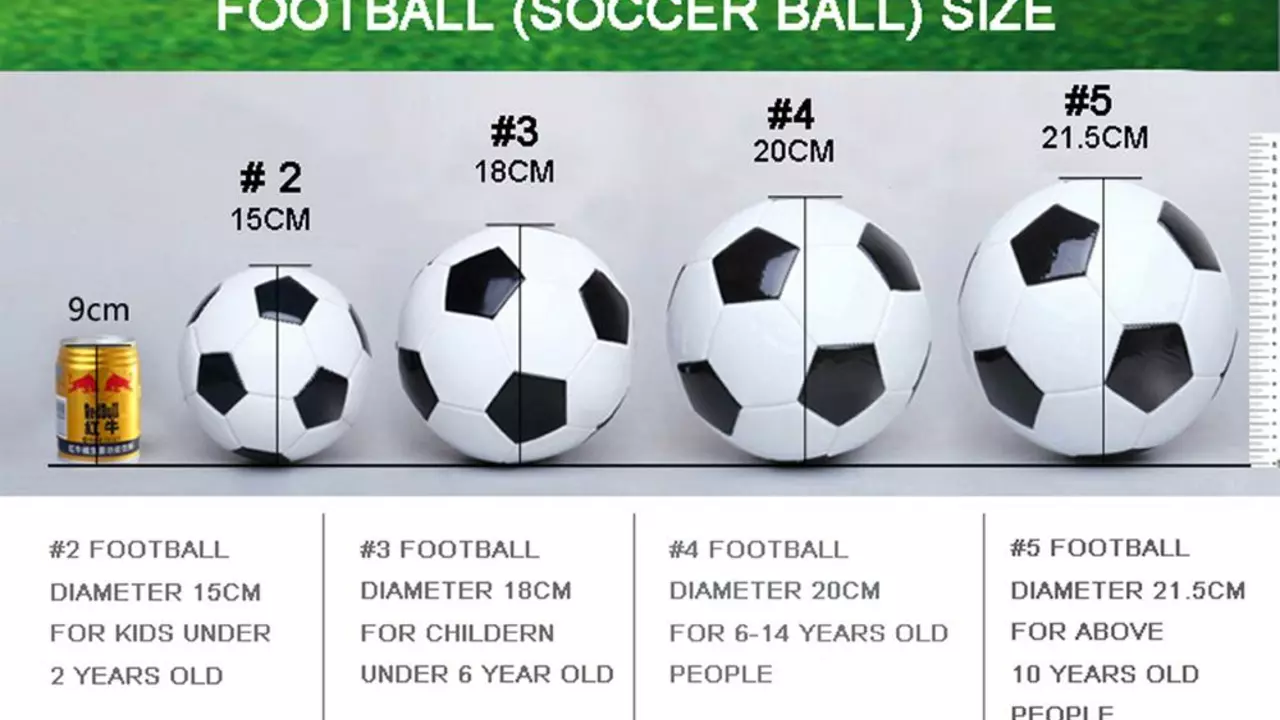Understanding the Basics of a Soccer Ball
As a soccer enthusiast, it's important to understand the game, the players, and the equipment used. One of the most vital pieces of equipment is the soccer ball. It's more than just a round object. It's the heart of the game. The soccer ball is the only piece of equipment that players are allowed to interact with during the course of the game. Therefore, its properties, such as hardness, significantly impact how the game is played.
The Composition of a Soccer Ball
Before we delve into the hardness of a soccer ball, it's crucial to first understand its composition. A soccer ball is made up of several layers. The outer layer is typically made from synthetic leather, while the inner layers consist of a cotton and polyester blend. Inside these layers, there's an inner bladder, usually made from latex or butyl. This bladder is what gets inflated and ultimately determines the hardness of the ball.
How Hard is a Soccer Ball?
The hardness of a soccer ball can be subjective. It depends on the amount of air pressure inside the ball. FIFA, the international governing body for soccer, has specific regulations regarding the pressure inside a soccer ball. According to the FIFA laws, the pressure should be between 8.5 to 15.6 psi (pounds per square inch). This range gives the ball its firmness and allows for better control and accuracy during the game.
Factors Affecting the Hardness of a Soccer Ball
Several factors can affect the hardness of a soccer ball. One of the most influential factors is the air temperature. As the temperature increases, the air inside the ball expands, making the ball harder. Conversely, when the temperature drops, the ball becomes softer as the air inside contracts. Altitude is another factor. At higher altitudes, the air pressure decreases, which can make the ball feel harder.
Impact of Ball Hardness on Players
The hardness of a soccer ball can significantly impact the players and their performance during the match. A harder ball is faster and can be more challenging to control, while a softer ball may not travel as fast but can be easier to manage. Furthermore, a harder ball could potentially cause injuries, particularly if it strikes a player's head. Therefore, the hardness of the ball is a critical aspect of the game that needs careful consideration.
Checking the Hardness of a Soccer Ball
So, how can you check the hardness of a soccer ball? The simplest way is by using a pressure gauge. This device measures the air pressure inside the ball and can help determine if it's within the recommended range. However, experienced players often use the "squeeze test" method. They squeeze the ball with their hands or kick it lightly to gauge its hardness. While this method isn't as accurate, it's a quick and easy way to get a rough idea of the ball's hardness.
The Perfect Soccer Ball: A Balance of Hardness and Softness
Ultimately, the perfect soccer ball is a balance of hardness and softness. It needs to be hard enough to maintain its shape and travel quickly, but soft enough to allow players to control it effectively. So, is the ball in a soccer match very hard? Not necessarily. It's filled to a pressure that ensures optimal performance for the players and the game. It's this balance that makes the game of soccer so thrilling and enjoyable to watch and play.
